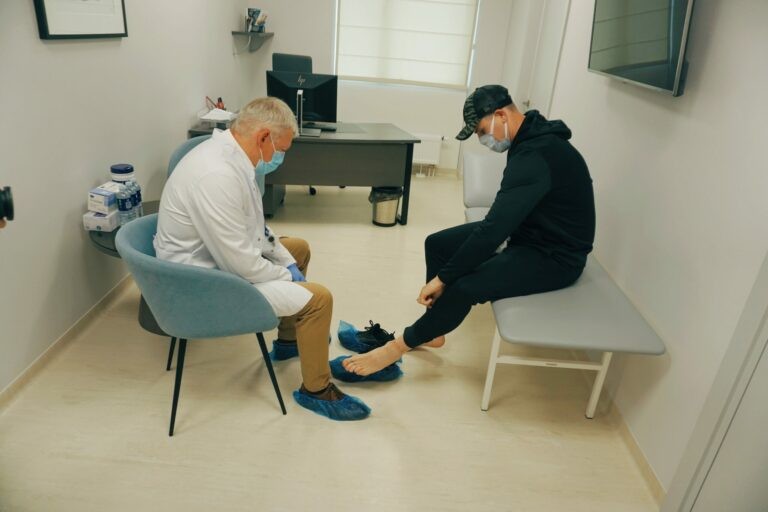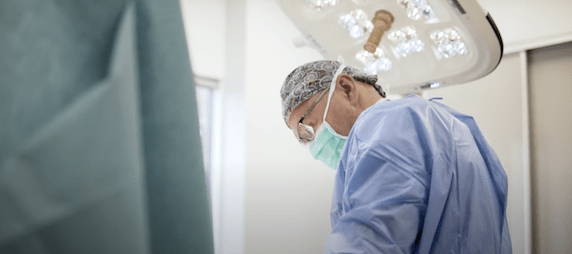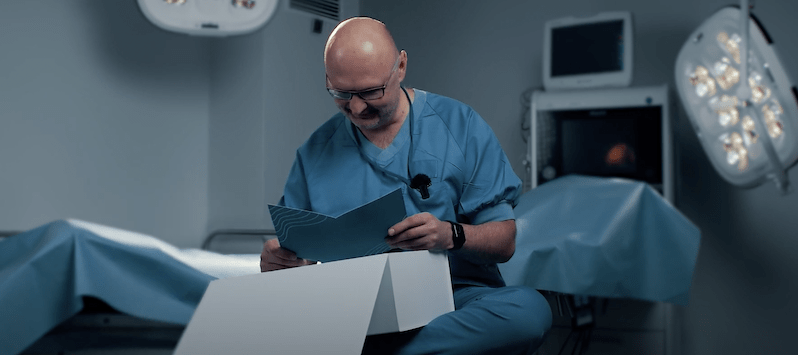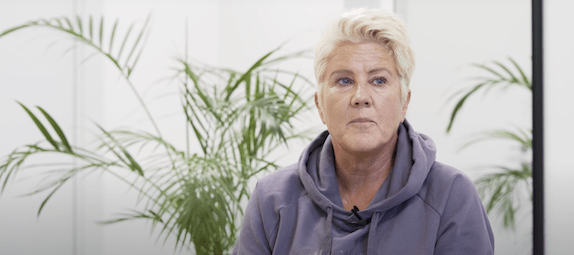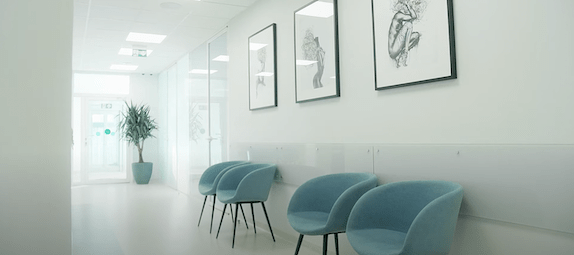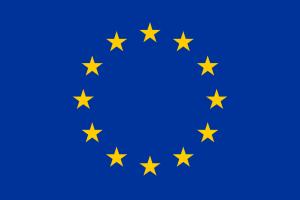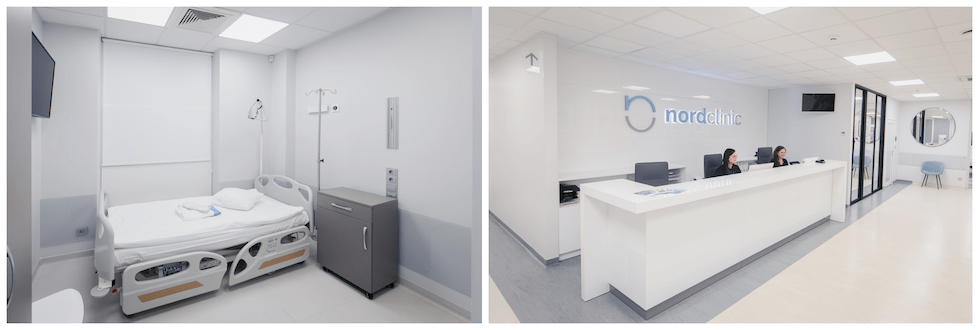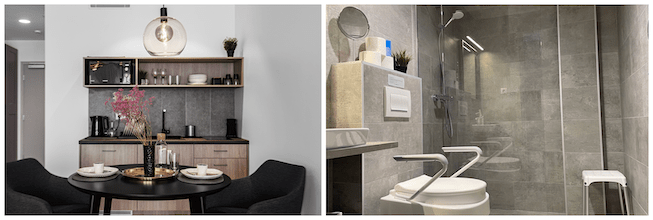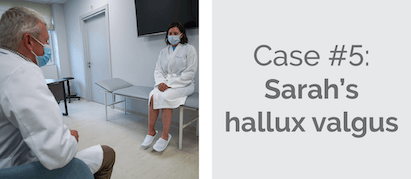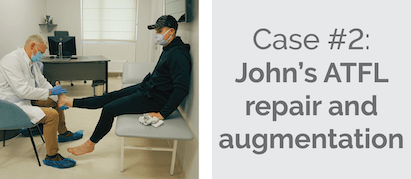Ankle Instability Surgery
We are one of the leading orthopaedic surgery clinics for medical tourists in the European Union. We are proud of the fact that over 90 % of our patients come from the UK, Ireland, Norway, Sweden, the United States, Canada and other countries.
Reviews & Facebook group
Our patients and clinic in the media
Prices
- ankle instability (lateral ankle ligament) surgery – from 2.340 £
- all necessary tests ( X-ray and MRI performed in 1 day) – 230 £
- implants – 210 £
Tests required to confirm surgery, which can be done in our clinic within 1 day: ankle X-ray and MRI.
- accommodation with medical care – from 62 £ per night
- consultation with the surgeon
- necessary health tests
- surgery
- anaesthesia
- hospitalisation
- 24/7 personal assistance during your stay
- transfers to / from the airport, hotel and clinic
- all documents translated to English
Get your surgery for free by claiming a refund from your local health board. The clinic helps patients with the documents needed to claim a refund after following the EU directive route for medical treatment abroad. It applies to patients who are insured under the systems of one of the EU countries and may not get the surgery due to long waiting times.
- ankle instability (lateral ankle ligament) surgery – from 2.800 €
- all necessary tests ( X-ray and MRI performed in 1 day) – 270 €
- implants – 250 €
Tests required to confirm surgery, which can be done in our clinic within 1 day: ankle X-ray and MRI.
- accommodation with medical care – from 74 € per night
- consultation with the surgeon
- necessary health tests
- surgery
- anaesthesia
- hospitalisation
- 24/7 personal assistance during your stay
- transfers to / from the airport, hotel and clinic
- all documents translated to English
Get your surgery for free by claiming a refund from your local health board. The clinic helps patients with the documents needed to claim a refund after following the EU directive route for medical treatment abroad. It applies to patients who are insured under the systems of one of the EU countries and may not get the surgery due to long waiting times.
Ankle Instability case analysis
Patient stories
Clinic videos
Nordorthopaedics Center Of Excellence

Experienced ankle and foot surgeon V. Kimtys
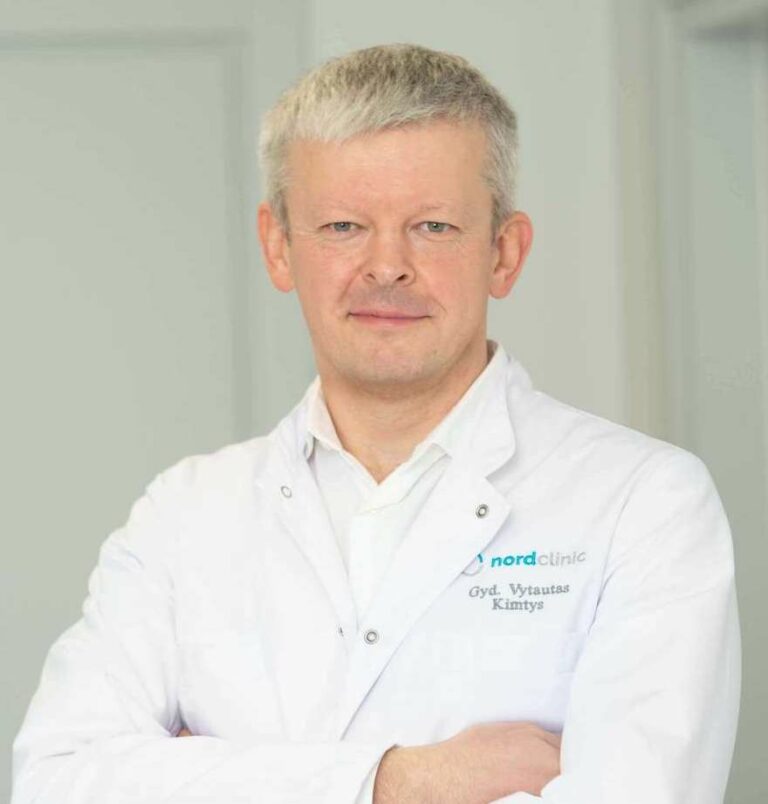
- More than 20 years of working experience
- 500 ankle prosthetics performed
- 1.000 ankle fusion surgeries
- Read more
Refund for EU patients
Get your surgery for free by claiming a refund from your local health board. The clinic helps patients with the documents needed to claim a refund after following the EU directive route for medical treatment abroad. It applies to patients who are insured under the systems of one of the EU countries and may not get the surgery due to long waiting times. On average our patients from the EU countries get fully refunded by their local health board in 5 months after their surgeries.
Our clinic
Self-catered accommodation with medical care
11 reasons that make us the most popular orthopaedic clinic abroad
One of the most important factors for a quick and full recovery after surgery is proper rehabilitation. Usually, clinics are not able to offer this due to costs savings. Our patients can choose between two inpatient and outpatient options: rehabilitation with a physiotherapist of the Lithuanian national basketball team, prof. L. Siupsinskas or rehabilitation at a medical SPA.
Our team of 5 orthopaedic surgeons has 10-20 years of experience in the field in total performing over 1.000 different orthopaedic surgeries per year. Moreover, our surgeons are members of various prestigious surgical societies both Lithuanian and international. Our leading joint replacement surgeon S. Tarasevicius is an author of 150 scientific publications in different medical journals, who has performed more than 3.500 joint replacement surgeries during 15+ years of his professional experience.
We are one of the leading orthopaedic surgery clinics for medical tourists in the European Union. We are proud of the fact that over 90 % of our patients come from the UK, Ireland, Norway, Sweden, the United States, Canada and other countries.
One of the world’s leading medical technology companies and orthopaedic implant manufacturers, Smith & Nephew, have chosen Nordorthopaedics as Center of Excellence in the Baltic States.
We are trusted by our patients and we appreciate all the reviews and feedback collected over the years. Find more than 150 testimonials here or on Google.
Already more than 4.000 of our former, current and future patients joined our online community with the aim to build a space for opinions and mutual support. Members are welcome to share experiences about their visit to the clinic and to discuss all surgery-related matters. No other orthopaedic clinic can offer such group support.
Being a true member of the International Society of Arthroplasty Registries, Lithuania is one of the leaders in low joint replacement revision rates, as only 9% of surgeries in Lithuania require revision in 10 years after surgery. Moreover, with the implants used at our clinic, only 2-3% of surgeries require revision in 10 years after surgery, while revision rates in some other Western countries, for example, USA, is as high as 17% in 10 years after surgery. The implants used at our clinic have been evaluated by other countries’ registries as those ensuring longest implant life, as compared to products of other manufacturers. Moreover, thanks to our active participation in collecting data for the registries, the surgical technique used at our clinic ensures best surgical outcomes.
Our clinic is seen on different media mentions like: BBC News, BBC Radio, The Telegraph, MailOnline, Winnipeg Free Press, CTV News, CBC, RTE Radio, itv.
Our clinic works according to the highest standards set by the European Union. This helps to guarantee the quality of medical services. We care about the safety, comfort and successful results of our patients from all over the world.
The clinic helps patients with the documents needed to claim a refund after following the EU directive route for medical treatment abroad. It applies to patients who are insured under the systems of one of the EU countries and may not get the surgery due to long waiting times.
We provide customer service in 9 foreign languages including English, Swedish, Norwegian, Danish, Italian, Spanish, French, Russian, Polish. Everyone in our clinic speaks English, including nurses, assistants and the surgeon.
Athletes treated at Nordorthopaedics
Official clinic of Lithuania national football teams

Highest quality implants
Our clinic uses implants based on their performance in international registries.
Being a true member of the International Society of Arthroplasty Registries, Lithuania is one of the leaders in low joint replacement revision rates, as only 9% of surgeries in Lithuania require revision in 10 years after surgery. Moreover, with the implants used at our clinic, only 2-3% of surgeries require revision in 10 years after surgery, while revision rates in some other Western countries, for example, USA, is as high as 17% in 10 years after surgery. The implants used at our clinic have been evaluated by other countries’ registries as those ensuring longest implant life, as compared to products of other manufacturers. Read more here.
13 patients' case studies
What is lateral ankle ligament reconstruction?
Lateral ankle ligament reconstruction is a surgery that tightens up the ligaments on the outside of the ankle. Lateral ankle injury is one of the most frequent lower leg pathologies. It accounts for 14 percent of all sports-related injuries and range from minor sprains to severe ligament tears and ankle instability. Athletes, dancers, and people with prior ankle injuries have an increased risk for lateral ankle ligament damage.
Ankle instability surgeries vary from simple ligament repair to complex reconstructions. During repair surgery, loose ligaments are shortened and reattached to create stable support. Reconstruction surgery involves more complex operative techniques, like ligament replacement with a graft.
Why might one need lateral ankle ligament reconstruction?
An ankle joint is held by several ligaments, band-like connective tissue structures. They keep the foot steady when walking. The inner side of the ankle has a strong deltoid ligament, while the outer side is held by 3 smaller ligaments. If those ligaments are injured or repeatedly sprained, they can become stretched, partially torn, or completely ruptured. Such trauma to the ankle joint eventually leads to joint instability. Certain medical conditions that increase the likelihood of ligament damage are rearfoot supination (foot tilting inwards), flexion of the first ray (the big toe is positioned lower than other toes), high foot arches, congenitally fused foot bones, or inborn ligament looseness.
Before considering surgery, patients should first undergo conservative treatment, which includes exercises for muscle strengthening, ankle bracing, or foot orthotics. Surgical treatment is only considered when the conservative treatment has failed to help and pain persists for 3 months or longer.
How to prepare for lateral ankle ligament reconstruction?
First of all, one should schedule a first appointment with an orthopaedic surgeon. During the first consultation, the surgeon examines the foot and interprets the diagnostic imaging tests, such as X-rays, CT scans, or MRIs. Once the diagnosis is clear, the doctor suggests possible treatment options. The patient’s medical history, general health, allergies, and current medications are also thoroughly discussed. Before the surgery, patients also meet with an anaesthesiologist to discuss pain management during surgery.
All patients must cease smoking and refrain from alcohol consumption a month before and after surgery. Smoking increases the risk of blood clot formation and slows down recovery.
The patient should be aware of the blood-thinning medications, such as aspirin, ibuprofen, and naproxen, as they increase the risk of bleeding. Natural blood-thinners (garlic, fish oil, ginger, and others) should also be avoided.
Patients should eat a variety of healthy foods ensuring proper intake of essential nutrients. Normal levels of vitamins (A, D, and C) and minerals (zinc, calcium, and iron) are especially important as they boost immune function, fasten recovery, and improve overall health.
Post-operative treatment involves lots of rest and a certain level of movement restriction. Thus, it is recommended to rearrange the furniture to create more space for moving around with crutches. It is useful to stock up on easy-to-cook meals and ask someone for help during the first few days after surgery.
On the day of surgery, patients should come in wearing loose-fitting comfortable clothes that are easy to take on and off. Right before surgery, patients have to have a few lab tests which usually include a blood test, a urine sample, and an ECG (electrocardiogram).
What happens during lateral ankle ligament reconstruction?
- Lateral ankle reconstruction is generally an inpatient procedure with patients spending one night at the clinic after the surgery.
- Lateral ankle reconstruction takes about 2 hours to complete. It is performed under general anaesthesia.
- During surgery, a surgeon makes around 7 cm long incision on the outside of the ankle.
- The exact surgical technique depends on the severity of ligament damage. A loose ligament can be tightened up by simply shortening it and reattaching it back to the bone with a suture anchor, while a completely torn ligament may need an autograft transplant. The autograft means that the surgeon takes a ligament from a different part of the patient’s body (usually the legs) and use it to create a new ankle ligament.
- After the surgery, the surgeon closes the incisions, puts on sterile dressings, and places the ankle in a splint.
What happens during lateral ankle ligament reconstruction?
If the patients stay in the hospital overnight, they receive 24-hour care. While in the clinic, pain is managed intravenously. When patients are discharged, they are given a prescription for pain medicines.
For the first 72 hours, the operated leg should be kept elevated to avoid swelling and decrease pain. The patient should refrain from putting any weight on the operated leg and use crutches for short distance walking. The bandages should be kept clean and dry. When showering, the leg should be placed in a cast or a plastic bag.
In about 10 days, there is a follow-up appointment to remove the stitches and replace the splint with a boot or cast.
What happens during lateral ankle ligament reconstruction?
In general, lateral ankle reconstruction patients can return to work after 2 weeks post-op for most sedentary jobs and up to 10 weeks for manual labor jobs. Recovery is divided in four phases and each of them have different goals.
Weeks 1-6
The goals of the first 6 weeks post-op are to protect the operated ankle and begin restoring ankle range of motion. The firsts 2 weeks consist of complete immobilization in a cast, splint, or boot to prevent the reconstructed ligaments from stress and damage. About 5 days after the first follow-up consultation with a surgeon, the patient has a first rehabilitation appointment.
Weeks 6-10
The second rehabilitation phase begins once the patient regains at least 75% of range of motion. The goals are to continue to protect the operated ankle while also increasing strength and balance. By this time, the patient should have at least one rehabilitation appointment a week.
Weeks 10-12
The goal of the third rehabilitation phase is to regain normal ankle stability, strength, and neuromuscular control. The patient should have at least 2-3 rehabilitation appointments a week. The patient can walk, bike, and use an elliptical machine. However, jumping and swimming are still prohibited to protect the ankle.
Weeks 12-16
The goals of the last rehabilitation phase are to improve core and hip strength as well as achieve good stability in higher velocity movements and change of direction movements that replicate sport-specific patterns. After receiving clearance from an orthopeadic surgeon, the patient may return to professional sports.
Send us your enquiry






